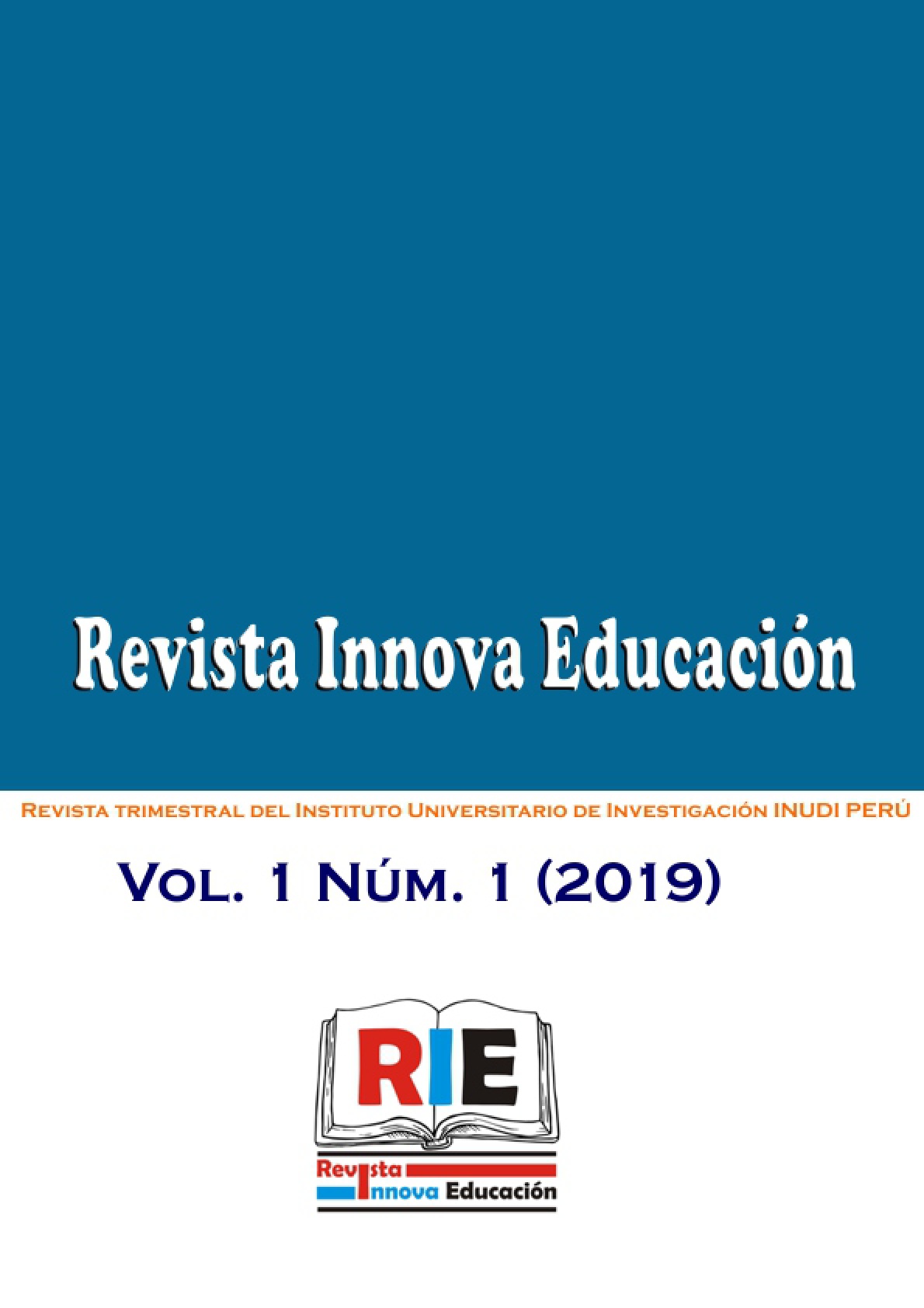Effect of education on monetary poverty in the regions of Peru
DOI:
https://doi.org/10.35622/j.rie.2019.01.009Keywords:
Education, poverty, effects, panel dataAbstract
The objective of this research was to analyze the effect of education on monetary poverty in the regions of Peru. As a source of information, the SIRTOD database of the National Institute of Statistics and Informatics was used for the period 2007 to 2016. The study is based on the framework of human capital theory and consumer microeconomic theory. Therefore, the study is considered as hypothetico-deductive. Education was approached through the percentage of the economically active population by educational levels; primary, secondary, non-university education and university education, and poverty by the percentage of the population that have less expenditure than the monetary poverty line. The main hypothesis of the study is that the higher level of education has a positive effect in the reduction of monetary poverty, through the mechanism of productivity and income improvement. The estimation methodology was the panel data model; fixed and random effects. The research results show that from the beginning of secondary education monetary poverty is reduced in the regions of Peru; that is, the population educated by educational levels increases by 10%, this would lead to a reduction of poverty in the regions by 1.07%, 1.68% and 0.83% respectively. Finally, public policy is that the regions and the central government close gaps in access to education, especially in secondary education and non-university education, which have the greatest effect.
References
Aguado, F., Girón, L., & Salazar, F. (2006). Una aproximación empírica a la relacion entre la educación y pobreza. Problemas Del Desarrollo: Revista Latinoamericana de Economía, 38, 35–60.
Arellano, M., & Bond, S. (1991). Some Tests of Specification for Panel Data: Monte Carlo Evidence and an Application to Employment Equations, 58(2), 277–297. Retrieved from http://people.stern.nyu.edu/wgreene/Econometrics/Arellano-Bond.pdf DOI: https://doi.org/10.2307/2297968
Banco Mundial. (2014). Educación | Data. Retrieved September 4, 2018, from https://datos.bancomundial.org/tema/educacion
Barro, R., & Sala i Martin, X. (2009). Crecimiento económico. Reverté.
Gonzales, A. (2017). La educación como factor de reducción de la pobreza en la región Cajamarca: 2010-2017. Universidad de Cajamarca. Universidad Nacional de Cajamarca.
INEI. (2017). Cifras de pobreza. Retrieved September 4, 2018, from https://www.inei.gob.pe/cifras-de-pobreza/
Mendoza, J. (2003). Educación y Pobreza en el Perú. Pensamiento Crítico, 2(0), 069. https://doi.org/ 10.15381/pc.v2i0.9255 DOI: https://doi.org/10.15381/pc.v2i0.9255
MINEDU. (2017). Serie desde 2016 - ESCALE - Unidad de Estadística Educativa. Retrieved September 4, 2018, from http://escale.minedu.gob.pe/ueetendencias2016? p_auth= fLPwaAE4&p_p_id= TendenciasActualPortlet2016_WAR_tendencias2016portlet_INSTANCE_t6xG&p_p_lifecycle=1&p_p_state=normal&p_p_mode=view&p_p_col_id=column-1&p_p_col_pos=1&p_p_col_count=3&_TendenciasActualPort
Olivia, H. C. (2017). Relación entre el nivel educativo y la pobreza en el perú durante el periodo 2002-2012. Universidad Nacinal de Trujillo.
Pereyra, J. (2002). Una medida de eficiencia del gasto público en educación: Análisis FDH para América Latina. Revista de Estudios Económicos BCRP, (8), 237–249. Retrieved from http://www.bcrp.gob.pe/docs/Publicaciones/Revista-Estudios-Economicos/08/Estudios-Economicos-8-9.pdf, Revista Estudios Económicos
Rodríguez, A. (2017). Crecimiento económico y capital humano : metodologíıa para la simulación de una variante del Modelo de Lucas con aplicación a México. Revista Mexicana de Economía y Finanzas, 12(2), 23–47. DOI: https://doi.org/10.21919/remef.v12i2.89
Romer, D. (2006). Macroeconomía avanzada. McGraw-Hill. Retrieved from https://www.marcialpons.es/ libros/macroeconomia-avanzada/9788448148096/
Wooldridge, J. M. (2002). Econometric Analysis of Cross Section and Panel Data. Retrieved from https://jrvargas.files.wordpress.com/2011/01/wooldridge_j-_2002_econometric_analysis_of_cross_section_and_panel_data.pdf
Downloads
Published
Issue
Section
License
Copyright (c) 2019 Luis Arias, Henry Sucari

This work is licensed under a Creative Commons Attribution 4.0 International License.



























